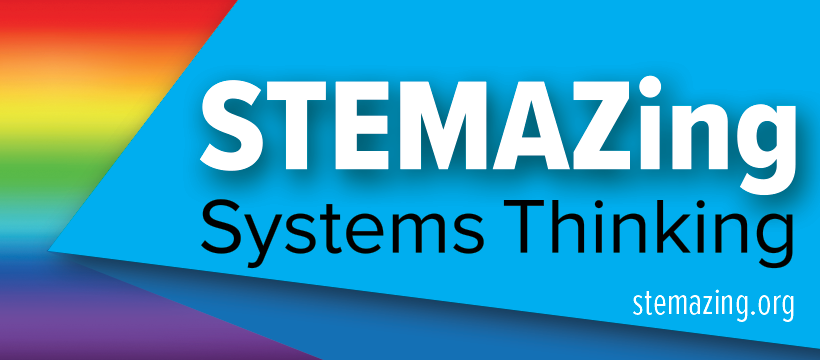Resources
Detecting Exoplanets – Activity 3
In this activity, students will first familiarize with the ZOONIVERSE project named “Planet Hunters TESS” and learn how to spot a transiting planet in a star lightcurve. Next, they will inspect a specific lightcurve and derive from it two main planet properties.
Read MoreScaled Trappist-1 Planetary System – Activity 2
In this activity, students will compare the architecture of our Solar System with that of the recently discovered TRAPPIST-1 planetary system. This system surrounds a star that is less than a tenth of the Sun’s mass. As this type of stars are the most common ones in the Galaxy, TRAPPIST-1-like planetary systems could be the…
Read MoreScaled Solar System – Activity 1
In this activity, students will explore the vastness of the distances between planets in our Solar System and learn about the planets’ relative sizes by creating a classroom scale model of the Solar System.
Read MoreHabitable Zone – Lecture 4
An introduction to the habitable zone and the factors that impact it.
Read MoreHow to Detect Exoplanets – Lecture 3
An introduction to the various techniques used to detect exoplanets.
Read MoreExoplanets: Strange New Worlds – Lecture 2
An introduction to exoplanets.
Read MoreOur Solar System – Lecture 1
An introduction to our solar system.
Read MoreNGSS Practices Web from NextGenStorylines
The scientific method is out! It is all about the web!
Read MoreNext Generation Science Storylines
The Next Generation Science Storylines project is dedicated to providing tools that support teachers in developing, adapting, and teaching with strongly aligned NGSS materials in classrooms around the country. We like their Science and Engineering Practices Octagon in particular!
Read MoreSTEM Teaching Tools
Practice briefs and tools which will help any educator focused on shifting their science instruction toward 3-dimensional instruction. These very short pieces highlight ways of working on specific issues that come up during STEM teaching.
Read More